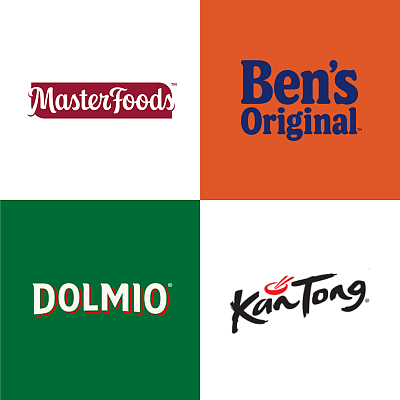In the words of Kevin Rabinovitch, Global Vice President of Sustainability and Chief Climate Officer, "We should all be intrigued by Scope 3, because if we’re just focused on Scopes 1 and 2 – which are in your direct control – we won’t solve problems that need to be solved."
This statement underscores the significance of addressing greenhouse gas (GHG) emissions(Opens a new window) across all three Scopes, as categorized by the widely-used GHG Protocol(Opens a new window).
So, how are the different Scopes categorized?
Scope 1 emissions include GHGs from sources directly in a company’s control, including emissions associated with fuel combustion in boilers, furnaces and onsite vehicles.
Scope 2 emissions consist of indirect GHGs from the purchase of electricity, steam, cooling and heating of the company’s facilities.
Scope 3 emissions include all other indirect emissions across a company’s value chain, from purchased goods and services to transportation and distribution (upstream and downstream) to how products are used after they’re sold.
Why measure Scope 3 emissions?
As the adage goes, "You can't manage what you don't measure." This holds particularly true for companies committed to achieving net-zero emissions. To reach this goal, understanding the comprehensive impact of the entire value chain on climate change is imperative.
Our approach to Scope 3 emissions
We’re making significant strides in addressing Scope 3 emissions. Last October, we announced our science-based climate target: achieve net-zero GHG emissions across the full value chain by 2050(Opens a new window). This commitment encompasses Scope 3 emissions from agriculture activities and suppliers of all our brands,(Opens a new window) through to the customer experience.
Approximately 95% of our footprint falls within Scope 3, so we recognize the importance of supplier and customer engagement. We’ve collaborating with peers to establish the Supplier Leadership on Climate Transition(Opens a new window). This initiative acts as a consulting bootcamp, aiding suppliers in measuring their GHG inventory, setting emission reduction targets, and developing strategies.
"Supplier performance matters," says Kevin. And we’re focusing on rewarding suppliers that actively reduce emissions in their operations and upstream processes. This emphasis on sustainability aligns with our long-term perspective, making decisions based on generational impacts rather than short-term gains.
Transforming the Supply Chain for a Sustainable Future
Our dedication to sustainability aligns with its growth objectives. Kevin joined the Greenbiz 350 podcast(Opens a new window) to discuss just that. In the piece, he touches on our working with suppliers to set Scope 3 goals, balancing short-term and long-term goals and how companies can balance profit objectives with purpose objectives.















